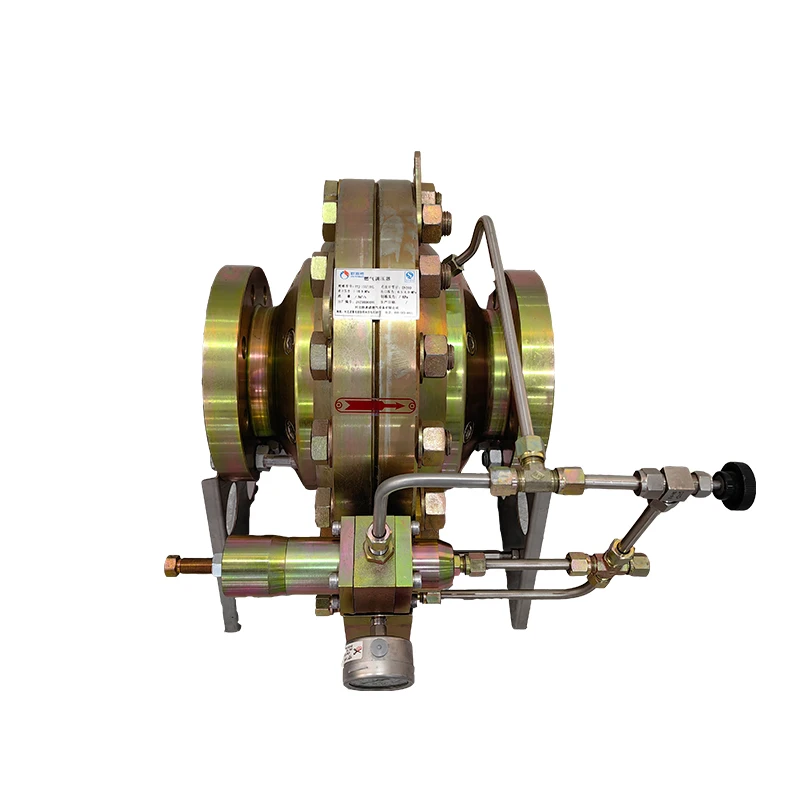
Dec . 01, 2024 13:33
Back to list
Understanding Decompression Skids and Their Importance in Cooling Systems
Understanding Decompression Skids A Crucial Element in Industrial Operations
In the realm of industrial operations, particularly in the oil and gas sector, the term decompression skid holds significant importance. These specialized skids are critical for safely managing the reduction of pressure in gas and liquid systems, particularly during the transfer of hydrocarbons and other volatile substances. Understanding the operation and construction of decompression skids is essential for ensuring safety and efficiency in operations.
What is a Decompression Skid?
A decompression skid is a modular equipment unit designed specifically to facilitate the safe reduction of pressure in a controlled environment. Typically used in oil and gas processing facilities, these skids provide a means to depressurize gases and liquids before they are transferred into pipelines or storage tanks. The primary objective of a decompression skid is to avoid dangerous pressure buildups, which could lead to catastrophic failures, explosions, or spills.
Components of a Decompression Skid
Decompression skids consist of several vital components, each playing a role in ensuring safe and efficient operation
. Key elements include1. Pressure Regulation Valves These valves are designed to control the pressure within the system. By maintaining the desired pressure level, they prevent over-pressurization and maintain system integrity.
2. Safety Relief Valves In the event of a pressure surge, safety relief valves automatically open to release excess pressure, thus protecting the system from potential damage.
3. Piping and Fittings High-pressure piping is critical for handling the flows involved in decompression processes. The materials used must meet stringent standards to resist corrosion and withstand high pressures and temperatures.
4. Flow Measurement Devices Accurate measurement of the flow rates is essential for monitoring the system's performance and ensuring that operations remain within safe parameters.
decompression skid

5. Control Panels These panels allow operators to monitor and control the system remotely. They provide real-time data, ensuring that operators can respond promptly to any changes in the system.
The Importance of Decompression Skids
Decompression skids serve several essential purposes in industrial operations
- Safety The paramount function of these skids is to enhance safety. By mitigating the risks associated with high-pressure gases and liquids, they play a crucial role in preventing accidents.
- Environmental Protection Decompression skids help in minimizing the risk of spills and leaks, thereby reducing the environmental impact of industrial operations.
- Operational Efficiency By allowing for controlled pressure reduction, decompression skids enable smoother transitions between different operational phases, leading to enhanced overall efficiency.
- Regulatory Compliance Many jurisdictions require strict adherence to safety regulations concerning pressure systems. Decompression skids help companies comply with these regulations, thereby avoiding fines and ensuring operational continuity.
Conclusion
In conclusion, decompression skids are vital components in the industrial landscape, particularly within the oil and gas sector. By facilitating safe pressure management processes, these skids mitigate risks associated with high-pressure environments and contribute to operational efficiency and environmental protection. As industries continue to evolve and embrace advanced technologies, the design and functionality of decompression skids will likely adapt, ensuring they remain a pivotal aspect of safe industrial practices. Understanding the role and components of these skids is essential for professionals in the field, ensuring they can manage operations while prioritizing safety and compliance.
Latest news
-
Safety Valve Spring-Loaded Design Overpressure ProtectionNewsJul.25,2025
-
Precision Voltage Regulator AC5 Accuracy Grade PerformanceNewsJul.25,2025
-
Natural Gas Pressure Regulating Skid Industrial Pipeline ApplicationsNewsJul.25,2025
-
Natural Gas Filter Stainless Steel Mesh Element DesignNewsJul.25,2025
-
Gas Pressure Regulator Valve Direct-Acting Spring-Loaded DesignNewsJul.25,2025
-
Decompression Equipment Multi-Stage Heat Exchange System DesignNewsJul.25,2025

